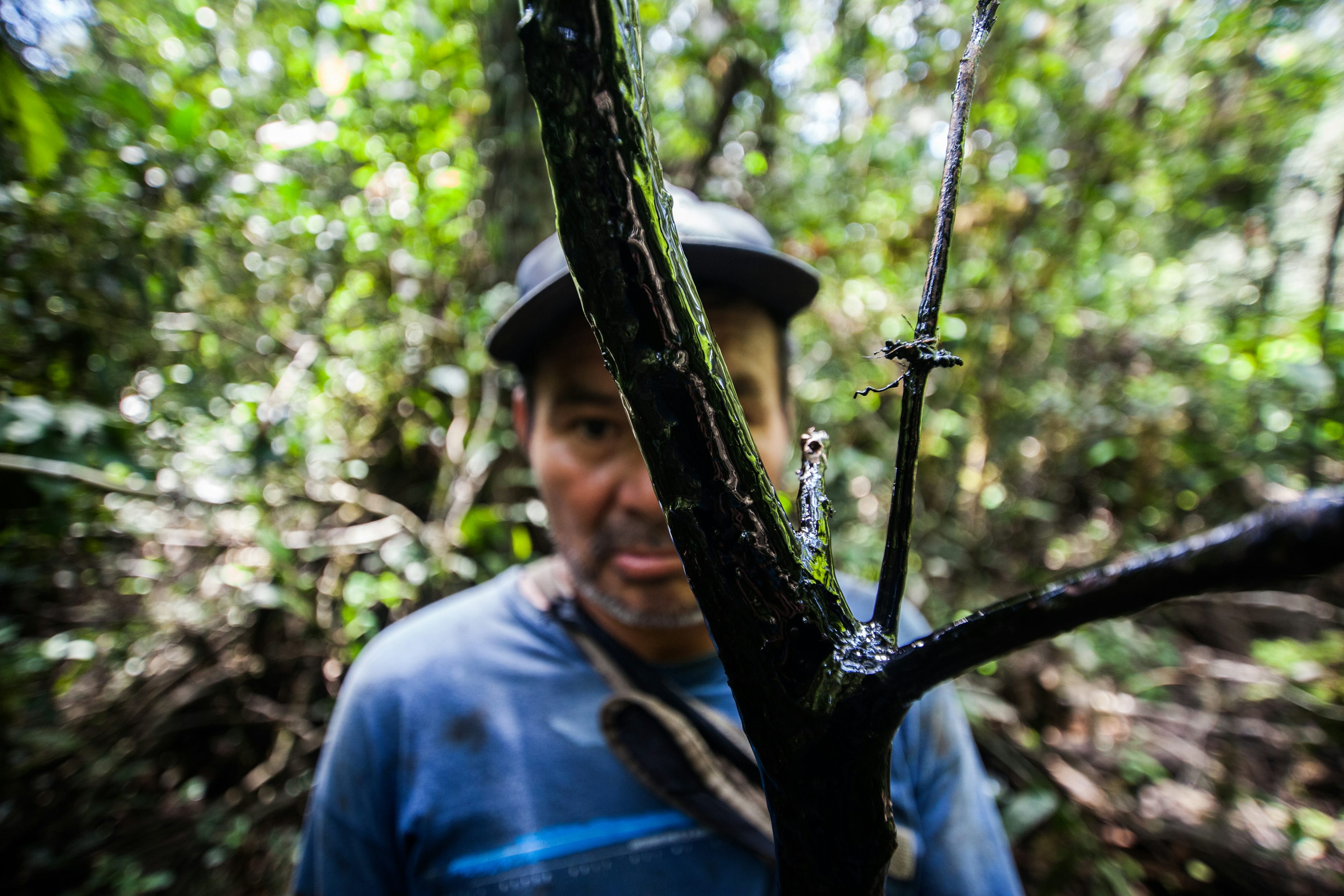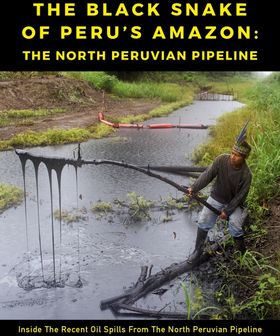By
Since 1979, more than 100 oil spills have occurred along the North Peruvian pipeline – a mega construction, stretching a massive 1,106 km from the Amazon to the Peruvian coast, operated and owned by state company Petroperu. The large majority of the spills happened after 2008. In 2016 alone, spills peaked at over a dozen incidents.
Most of the spills happened in the Loreto region of Peru, in the northern Peruvian Amazon. This particular region is also the largest region of the Peruvian Amazon, covering approximately 368,852 km2 of dense Amazonian rain forest, which is home to 27 different indigenous peoples, including indigenous groups living in voluntary isolation, and thousands of endangered species of plants, animals and insects.
The spills have gravely affected the environment, biodiversity, ecosystems, the health of communities and their basic access to water and food fit for human consumption, while at the same time aggravating social conflicts in the region. The affected indigenous peoples and their organizations have been struggling for years to have their voices heard, and organized several large protest. Ines Vasquez Ramirez, a Kukama Kukamiria woman from San Roque, on the Marañon River, spoke out about their situation:
“Water is very important because we live from it. Our waters are contaminated by the company. We are very sad. Our children are dying. We no longer have fish, neither in the river nor in our lakes. There are oil spills constantly. No matter how much we try to purify and treat the water, it is not fit for human consumption. We are ingesting heavy metals, such as lead. If there is no health, there is no life. I ask the state to give us treated water and food for our children who are malnourished in our communities. The state does not pay attention to us. That is why we have protested again, and if they don’t respond then we will protest again with even more strength. There will be an indefinite protest.”

A recent report by a commission from the Peruvian Congress concludes that the impacts of oil spills have not been adequately analyzed, measured or valued by the government, and that little information exists with regards to their impact on the health of local populations. Moreover, rather than confirming the deceitful claim made by the oil company and the media of indigenous communities deliberately causing the spills, the same report points to responsible third parties and highlights the negligence and possible corruption of state-owned oil company Petroperu in relation to the spills.
Sadly, however, the commission report argues that in order to make the North Peruvian Pipeline’s operations fully viable (and thus justify large investments to improve infrastructure), an intensification of oil exploitation in Peru’s Amazon is necessary. In these times of a largely human-driven changing climate, and in view of the catastrophic losses and irreparable social and environmental damages generated by the pipeline’s spills and the accumulated impacts of almost fifty years of oil exploitation, the question must be asked: “Is further investment in Peru’s oil industry a reasonable, just and responsible proposal?”

“An overwhelming majority of the leading climate scientists unanimously tell us that the clock is one minute to midnight if we want to prevent the global temperature from rising beyond 1.5 degrees Celsius and avoid even more serious changes in our climate. The transition to renewable energy needs to happen now. Fossil fuels need to be kept in the ground and remaining forests conserved so they can continue to play their role as carbon sinks, among other life sustaining functions. While the catastrophic impacts on the communities along the North Peruvian Pipeline need to be adequately addressed NOW, we at Chaikuni urge government of Loreto to start tapping into its solar power potential and phase out oil. Why in 2018 isn’t there a single large solar plant in a region on the Equator with a vast potential for solar power?”


